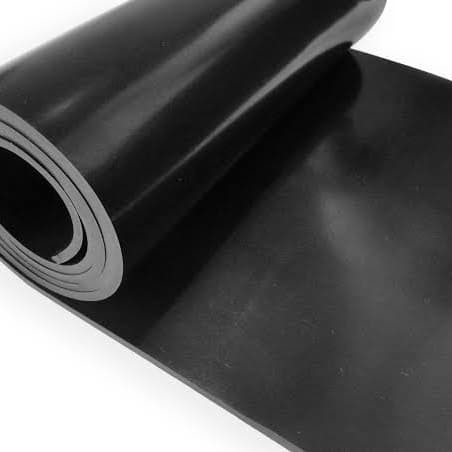Acrylic rubber is a vulcanisation-supporting copolymer or terpolymer of ethyl acrylate and other acrylates with a minor quantity of vulcanization-supporting monomer. It's made using radially started emulsion polymerization or suspension polymerization. Diamines, fatty acid soaps, and peroxides, for example, are used to cure. High oxygen and ozone resistance, thermal stability, and good heat and chemical resistance are all characteristics of ACM, however it has low hydrolysis resistance and a high water absorption rate.
Polyacrylate elastomers are based on various monomers, such as ethyl acrylate (EA), butyl acrylate (BA), methoxyethyl acrylate (MEA) and ethoxyethyl acrylate (EEA). These monomers are coupled with active crosslinking comonomers, typically 2-chlorovinyl ether, vinyl chloroacetate, allyl glycidyl ether and acrylic acid. The properties of ACM rubbers are correspondingly influenced by the structure of these monomers and comonomers. ACM rubbers are usually produced by radical emulsion polymerisation, the molar mass being adjusted by the amount of polymerisation initiator added
Acrylic rubber is mostly employed in the automotive industry due to its resistance to engine and transmission oil, as well as automatic transmission fluids (ATF). The operational temperature range is -20°C to +150°C, with the HT-ACM (high-temperature-resistant polyacrylate elastomers) offering long-term thermal stability up to 175°C. Engine and transmission seals, turbocharger hoses, O-rings, diaphragms, and hose applications are all manufactured with ACM. It's also used to cover rollers.
